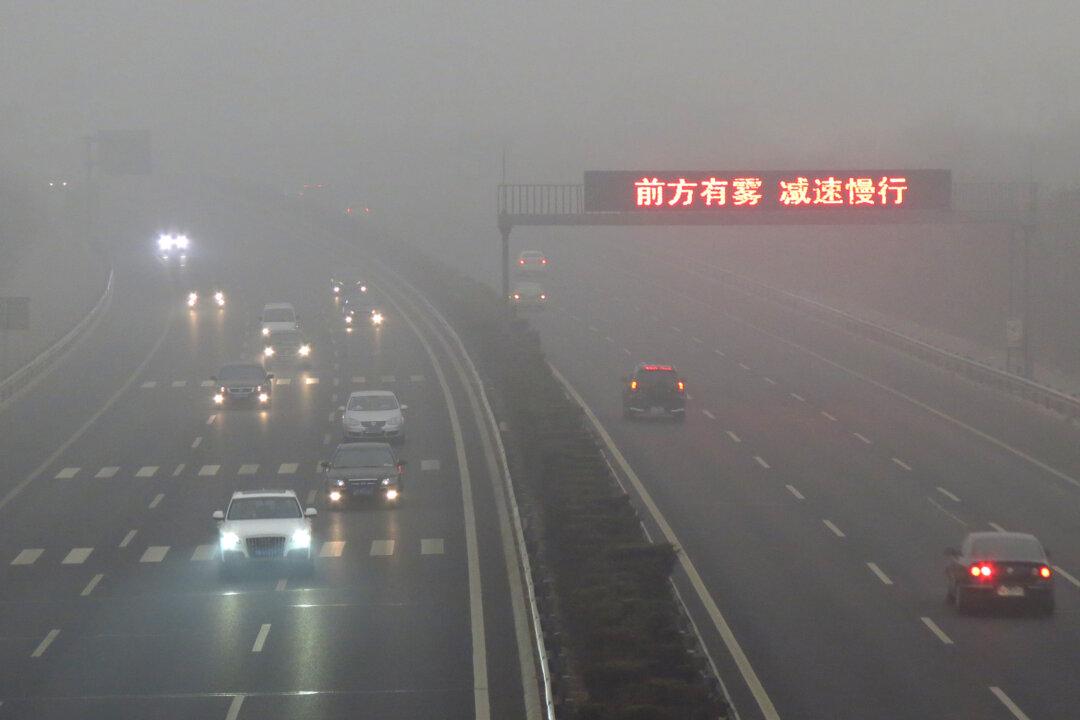Amid the Lunar New Year holidays, severe air pollution in great swathes of China has caused major highways and roads to be closed due to poor visibility.
During the week-long national holiday, most factories, mines, and companies in China are closed. There are also fewer cars on the road as families spend time at home to celebrate.





